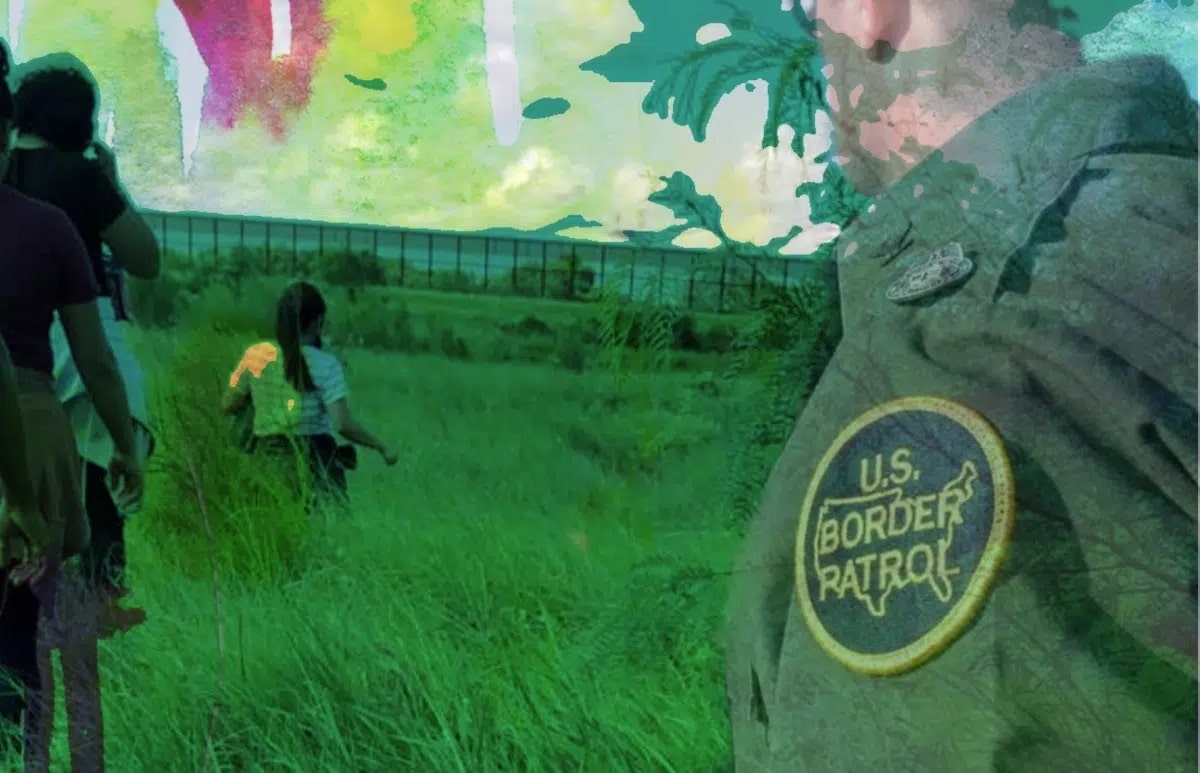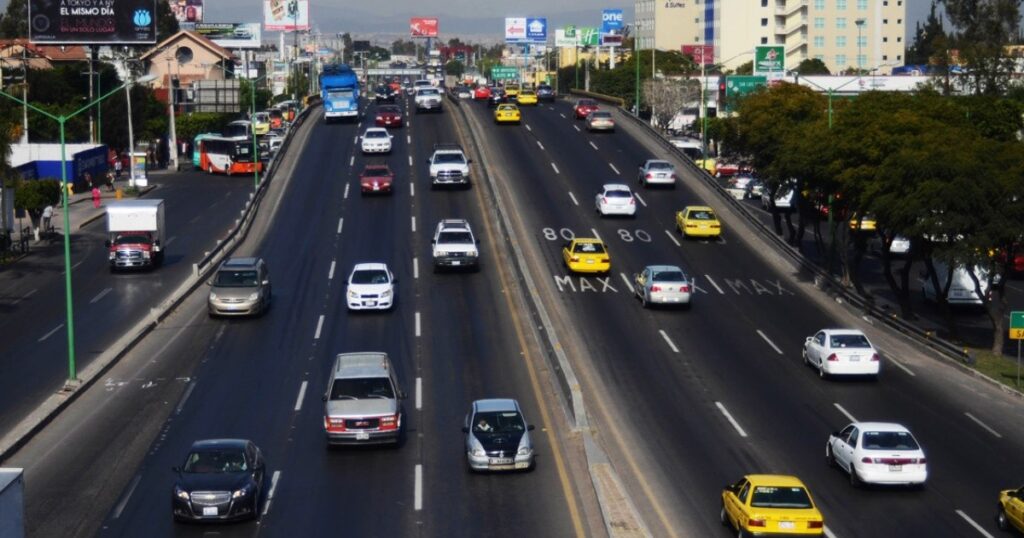MIAMI – Tuesdays are particularly difficult for Nicaraguan asylum seeker Erasmo “Cata” Aragón. That’s when his veterinary class visits the student training farm in Rivas, where he learned to care for sheep, goats, dogs, horses, and cattle. It was Aragon’s favorite day of the week.
“I loved being in the mud, in the manure, with the smell of the animals and the pens,” says Aragón wistfully. “I loved my studies in a way that you can’t even imagine. Ever since I was a child on my father’s farm, I always knew I wanted to be a veterinarian. On Tuesdays I think about what I would be doing, if I were still in Nicaragua: working on the farm with my colleagues, covered in mud and manure.”
As much as Aragon loved spending time on the animal farm, he hated seeing his country turn into just another farm under the Orwellian dictatorship of Daniel Ortega. So, as an extracurricular activity, Aragón joined the Blue and White anti-government protests. He was quickly arrested for displaying a Nicaraguan flag on a street corner in Nandaime, his hometown.
Aragón spent the next week locked up in an overcrowded cell, subjected to absurd police interrogations about foreign funding, weapons and murder. He was finally released with a stern warning not to speak ill of the Ortega regime again. Aragón says that he tried to “turn down the gas” and return to a more peaceful life, but the police and the Sandinista fanatics did not relent in their harassment.
“Police patrols were in front of our house at all hours of the day, turning on their sirens and lights, or playing pro-government songs,” Aragón recalls. “My parents sell milk in front of our house, and the police would sit outside and take photos of anyone who passed by.”
Faced with incessant harassment and a lack of chance for change, when Ortega renewed his dictatorship for another five years on November 7, Aragón and his older brother decided to risk emigrating to the United States. They sold what they could, borrowed some money, and gathered enough family savings to pay a coyote to take them north.
Migrate to the United States
In doing so, the Aragón brothers joined a growing exodus of Nicaraguans making their way through all the exits. Last year alone, some 170,000 Nicaraguans were forced to emigrate, mostly to Costa Rica. The flow into the United States has increased at an alarming rate. In fiscal year 2021, 50,722 Nicaraguans were apprehended at the U.S. southern border, a 1,500% increase from the 3,164 citizens the previous year (a figure that was likely reduced by border closures caused by the pandemic). In the first three months of fiscal year 2022, the number of Nicaraguans detained at the US border is already 38,318, according to US Homeland Security.
Most Nicaraguans arriving at the US border are subjected to asylum proceedings, which the US categorizes as “deportation proceedings.” During the first three months of this fiscal year, 24,041 Nicaraguans began the asylum process in the United States, already exceeding the total of last year.
Nicaragua is on the verge of breaking all of last year’s record migration numbers, and there are no signs that the trend will slow down in the coming months.
“The number of Nicaraguans arriving here has grown considerably in the last year, and this church has practically become a place of pilgrimage for them,” Nicaraguan Bishop Silvio José Báez, who is also in exile, told The Dispatch after celebrate a mass before a crowd in the church of Santa Águeda de Miami.
“Most of the Nicaraguans who come here are young; they flee their country because they feel persecuted, threatened. Here at the church we work to find the best way to help them, especially all the young people who are coming.”
Báez explains that he is faced with the question of what to say to other Nicaraguans who are packing their bags and planning to leave their country. “It’s very hard to find what to tell them,” he said.
“In my heart, I wish I could tell them to stay in Nicaragua and not take the risk of coming here. It is an extremely dangerous journey and they are putting their lives at risk. But I also know that many people cannot continue living in Nicaragua, and that breaks my heart.”
The viral Twitter thread
That harrowing trip to the United States was recently recounted by Aragón, the veterinary student, who immortalized his ordeal in a viral Twitter thread, quickly making this young veterinary student an icon for Nicaraguan asylum seekers.
It all starts here, the last photo in our house, packing the bags to leave on an uncertain journey full of difficulties. pic.twitter.com/XPqnJj6R9S
– Tasting ?? (@ECAC02) January 14, 2022
Even unfolded in its full length of 44 tweets, there are no wasted words in Aragon’s timeline. It’s a captivating, fast read that mixes raw emotion, adventure, humor, danger, and vulnerability in a way that proves the aphorism “Every Nicaraguan is a poet until proven otherwise.”
Aragon’s detention in the US private prison system was then detailed in a second Twitter thread that further illuminated the mistreatment and hardship migrants face after arriving in the “land of the free.” .
I open a thread telling my experience in US detention but first of all I want to tell many Mexicans who felt outraged, that my opinion is only about the people I met, they are a great nation but sadly we did not know their best version my respects ??
– Tasting ?? (@ECAC02) January 16, 2022
The story that Aragón told on social networks seems to have sparked a new conversation on Nicaraguan Twitter, where some people are beginning to talk about their migratory experience in a new and open way.
Some share their own photos of the migration:
I have a photo on the wall of Texas and Mexico, before handing myself over to immigration in the USA, with my boots full of mud and walking an hour and a half in the rain ?? https://t.co/65OgsiUnNI pic.twitter.com/CQz3c1Plmi
— MOM (@reynadel505) January 15, 2022
While others share caveats:
A coyote deceived 45 people, charged them $2,500 each and left them lying in Guatemala, most of them are Chontaleños ?
— ? (@icisne13) January 26, 2022
Some share their experiences collaborating with newcomers:
Tons of Nicaraguans have entered this country in less than six months. If this continues, Miami will be called “Little Nicaragua.” I already got a little job for several thanks to God.
– Francisco M. Fiallos (@fiallosm18) January 18, 2022
However, the thread of Aragon is an exception. Coyotes often deter immigrants from documenting their travels. “The coyotes specifically told us: ‘No photos, no videos.’ They told us to delete everything from our phones that could get us in trouble with the cartels in Mexico,” says Franders Guevara, a newly arrived asylum seeker.
However, Guevara decided to document his trip anyway, sending photos and videos to his family in Nicaragua on the sly, before deleting them from his phone, saving everything in the “Nica Cloud” so to speak. He says that he is not ashamed or afraid to talk about the trip, and that everyone in Nicaragua asks him about it. “It is an achievement, a pride to have crossed the border.”
Aragon agrees. He says that sharing his experience publicly has been an affirmation, a form of self-medication against the loneliness of exile.
“It is liberating to share everything I experienced, everything I suffered. It is a relief to share it”, says Aragón. “There is no longer any stigma around this issue because practically every household in Nicaragua is missing a brother or sister, a cousin, an aunt or an uncle who had to leave the country and emigrate. The immigration story involves the whole world.”
It turns out that everyone includes the Sandinistas.
Some to the noise and others to the cabuya
Several Nicaraguan refugees in the United States say they have been surprised in recent months by the number of so-called Sandinista “sapos” crossing the border to join the growing exile community.
Carolina, a Nicaraguan refugee who asked not to reveal her last name for fear of reprisals against her family in her country, affirmed that several of her violent Sandinista neighbors who participated in the government mob that attacked Catholic priests (including Monsignor Báez) in the Basilica of San Sebastián in Diriamba, on July 9, 2018, they now live in the United States pretending to be victims of state repression. “They are here in the United States asking for asylum, with the same excuse as Daniel Ortega. That is the password to enter the country.”
The password seems to work. According to US government data, only 2% of Nicaraguans who arrived at the US border in December were expelled from the country. Analysis of the December data sheet reveals the following return rates: Salvadorans: 59%; Guatemalans: 66%; Hondurans: 64%; and Mexicans: 87%.
Apparently, the Sandinistas have made the same calculations and are taking advantage of the opportunity.
Guevara, from the northern department of Madriz, says there were no Sandinistas in his mini caravan of 35 Nicaraguans, who recently made the trip north. Although he comments that FSLN militants in his area are making their own arrangements to travel to the United States.
“I know someone from San Juan de Río Coco, near where I used to live, and this guy is a Sandinista to death,” says Guevara. “He and his uncle recently entered the United States, and they were guys attacking protesters with everything they had. They are here for economic reasons, looking for work, because they know that the 200 pesos that the government gives them to repress people is not enough to live on. They are here pretending to be asylum seekers.”
Aragón says he came close to getting into a fight with a Sandinista shouting pro-Ortega slogans at fellow Nicaraguan asylum seekers while they were locked up together in a Georgia migrant detention center.
“Who knows what that guy said in his ‘credible fear’ interview,” says Aragón; “But whatever it is, what he said was a lie because he entered the country.”
The Dispatch asked ICE and the United States Citizenship and Immigration Services (USCIS) for their comments on the situation. ICE pointed to USCIS, which had not responded as of press time.














